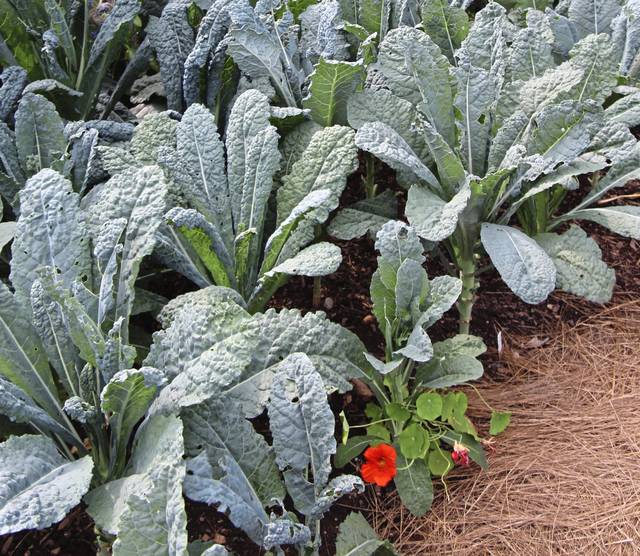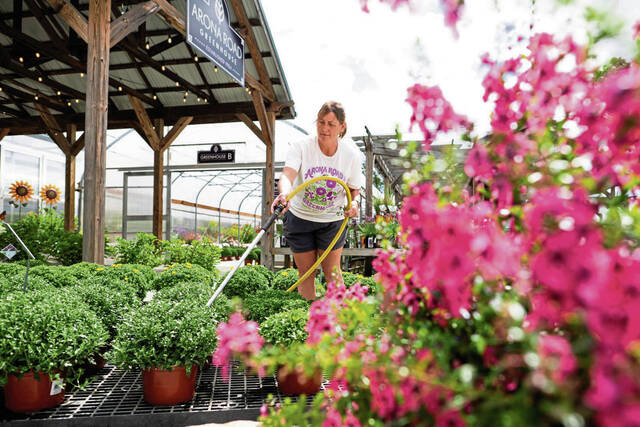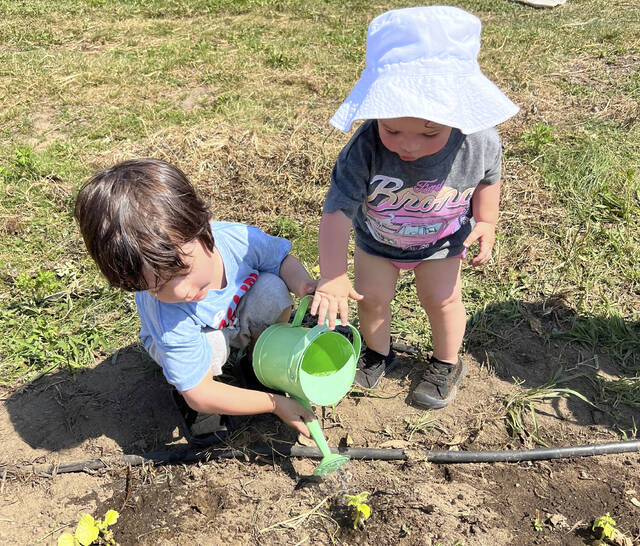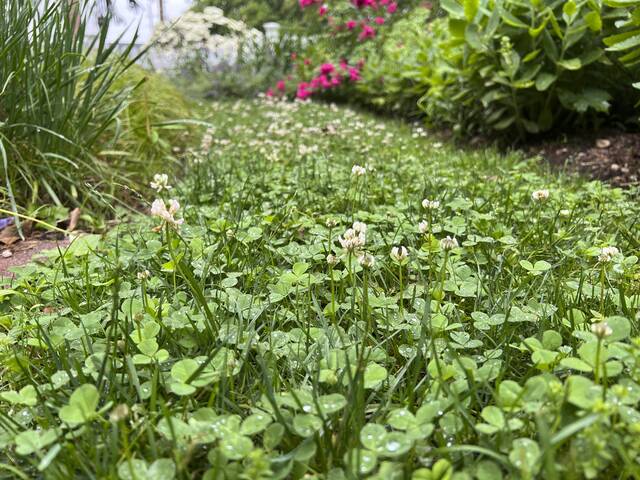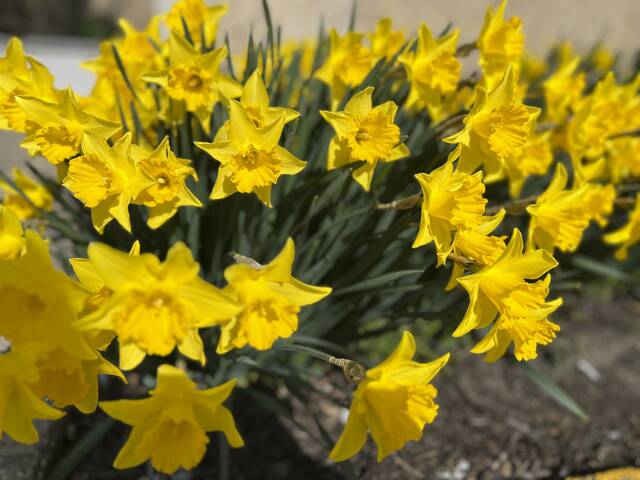I know spring seems so far away, but now is a great time to start planning your veggie garden for the coming season. Before you know it, March will be here and it will be time to plant cool-season crops such as peas, lettuce, radish and greens.
Today, I’d like to tell you about some of my very favorite greens for planting in the early garden. Put them on your seed wish list for the 2020 garden. All are prolific producers and delicious, plus they’re among the very easiest crops to grow.
There are many other reasons to plant these greens, too, beyond their flavor and ease of growth. Greens are nutritious and most of them will continue to produce edible leaves and stems for months, giving you a lot of production from a small amount of space. You can harvest only as many leaves as you need for a meal and leave the growing point of the plant intact to go on to produce plenty more succulent leaves for weeks to come.
Here are my top picks for cold- season greens that can be planted into the garden in early spring.
Swiss Chard: With deep-green, thick, wrinkled leaves and a rainbow of different colored stems, Swiss chard has one of the longest growing seasons of any vegetable. Young leaves are used fresh in salads and mature leaves and stems are sautéed in olive oil, stir fried or used in place of spinach in your favorite recipes.
Get an early start on your chard crop by sowing seeds as soon as the soil can be worked in the spring and then follow up with a second sowing in late spring or early summer. My favorite varieties include “Bright Lights,” “Magenta Sunset” and “Golden.” Chard also does quite well in containers, as do all of the greens on this list.
Mustard Greens: I also really enjoy mustard greens (“Osaka Purple” in particular). They are easy to grow from seeds planted directly into the garden as early as the end of March. The leaves are purple tinged and have a spicy mustard-y taste. The leaves and stems can be used young in fresh salads, and the mature leaves are terrific in stir fries and sautéed.
The only problem I regularly face in growing mustard greens are the flea beetles who like to chew tiny round holes in the leaves. To prevent flea beetle damage, cover the plants with floating row cover as soon as the seedlings emerge and keep it in place until harvest.
Turnip Greens: Turnip greens are another tasty addition to the garden. While turnips grown for their roots are best planted in the late summer for fall harvests (when the starches in the roots will be sweetened by frosts), those grown for their greens can be planted in the spring or the fall. The young leaves are delicious braised, steamed or sautéed. I harvest them young because I find fully grown turnip greens to be a bit prickly in texture and the flavor can be a tad bitter. Young turnip greens, though are succulent and delicious.
Plant turnip seeds in mid-March here in Pennsylvania. You can sow them very thickly if you’re only harvesting them for their greens and you don’t need the roots to have room to fatten up.
Kale: Often called a “superfood” for its nutritional punch, kale is a great early spring vegetable to plant. It isn’t the least bit bothered by the cold temperatures of spring and will produce edible leaves just a month after planting.
To grow kale as a spring vegetable, sow seeds directly into the garden as soon as the soil temperature reaches 40 degrees F. Bury the seeds one-half inch deep, and space them an inch apart. Unless you plan to harvest only the baby greens, thin the seedlings to 6 to 8 inches apart.
Kale leaves can be eaten raw in salads or cooked in stir fries and soups. Try some fun-colored or frilly-leaved varieties to bring a unique touch of color and texture to the kitchen.
Miner’s Lettuce: Miner’s lettuce (also called winter purslane or claytonia) is a green that’s about as cold hearty as they come. Maturing in just 40-45 days, Miner’s lettuce bears lily pad-shaped leaves with a lovely, subtle flavor. It’s delicious steamed, sauteed or used fresh in salads.
This native of the western U.S. prefers semi-shaded conditions and wet spring soil. I harvest only the oldest leaves on each rosette and leave the younger ones to develop into subsequent harvests. It will be the first homegrown green to grace your salad bowl each spring.


